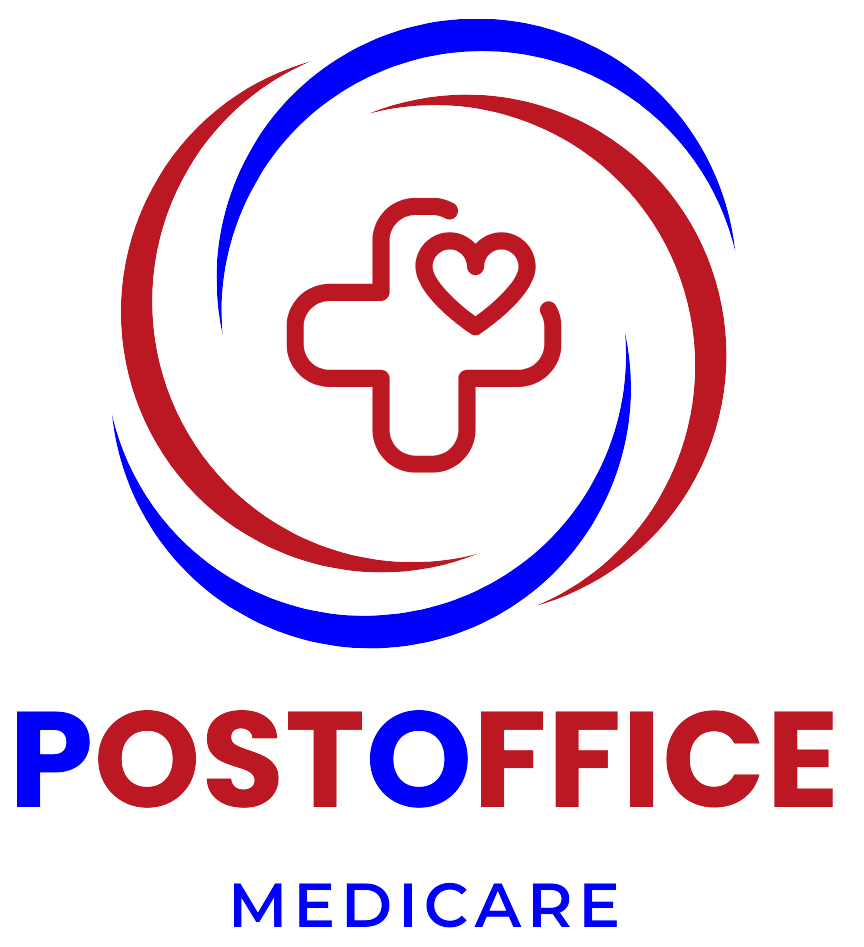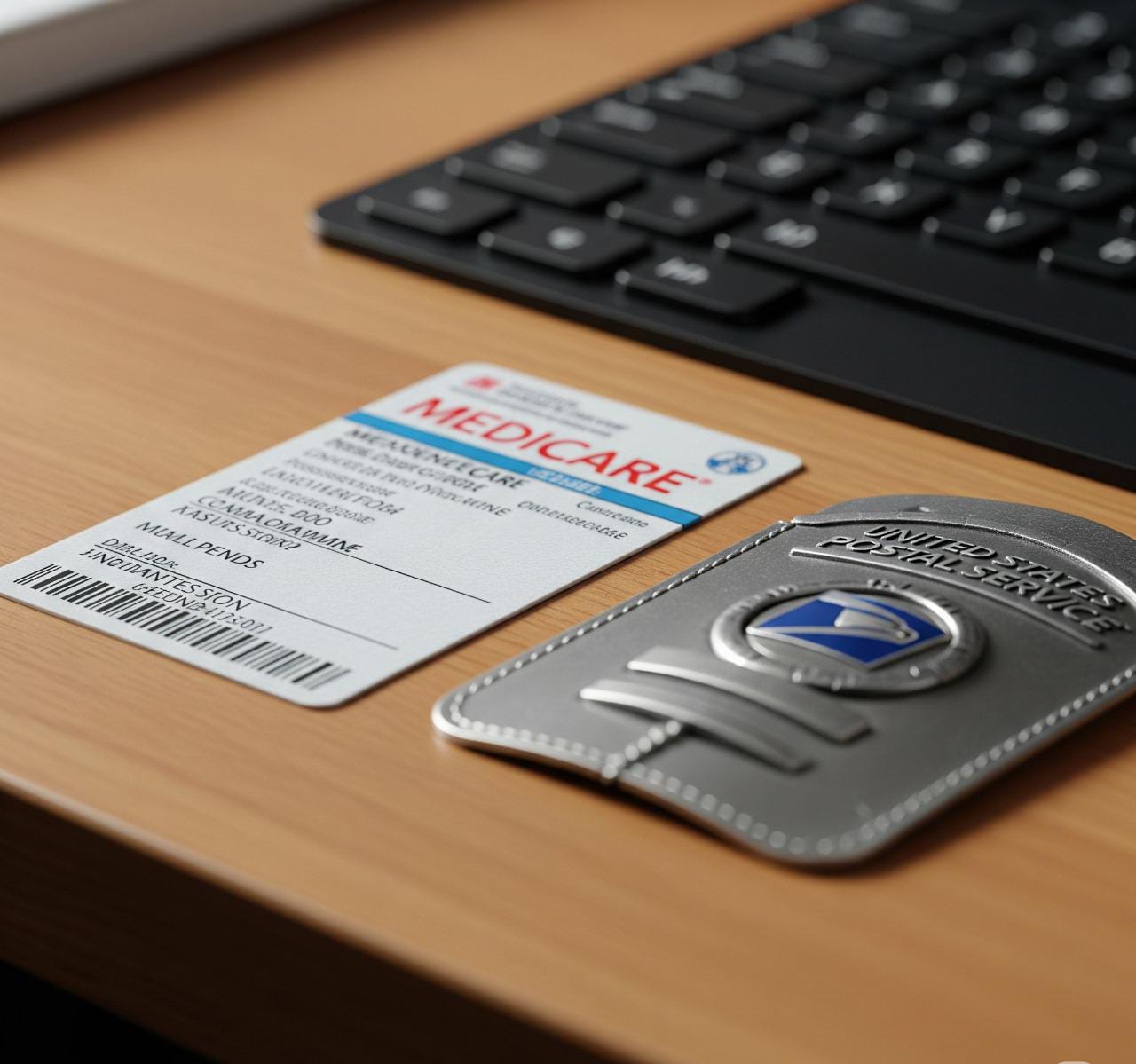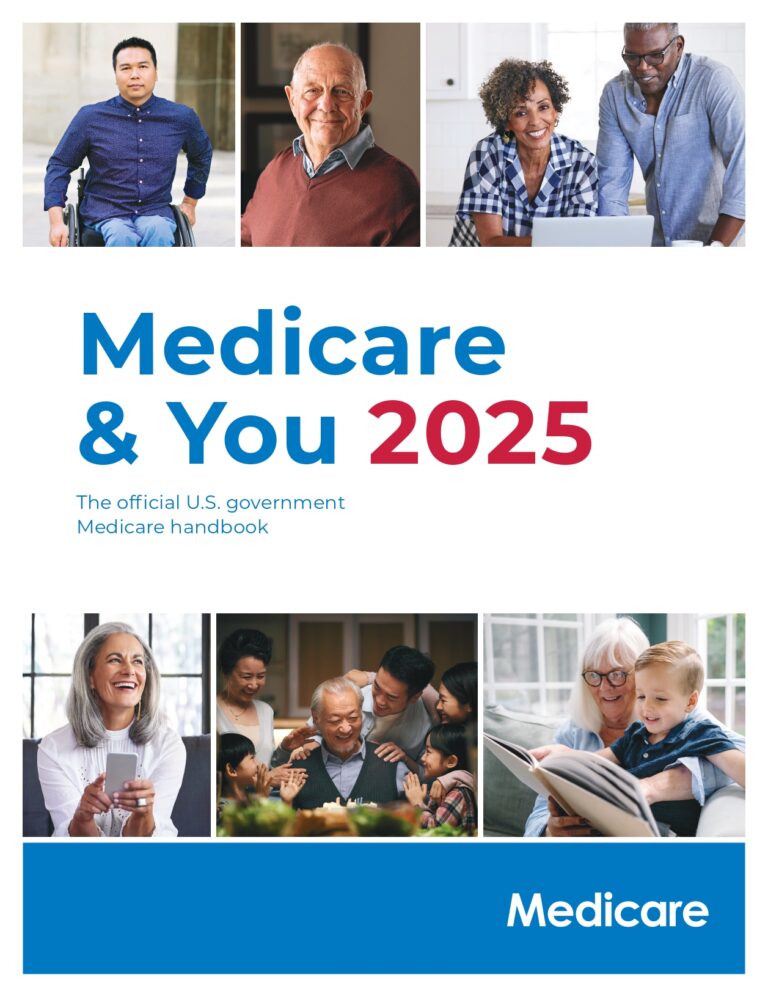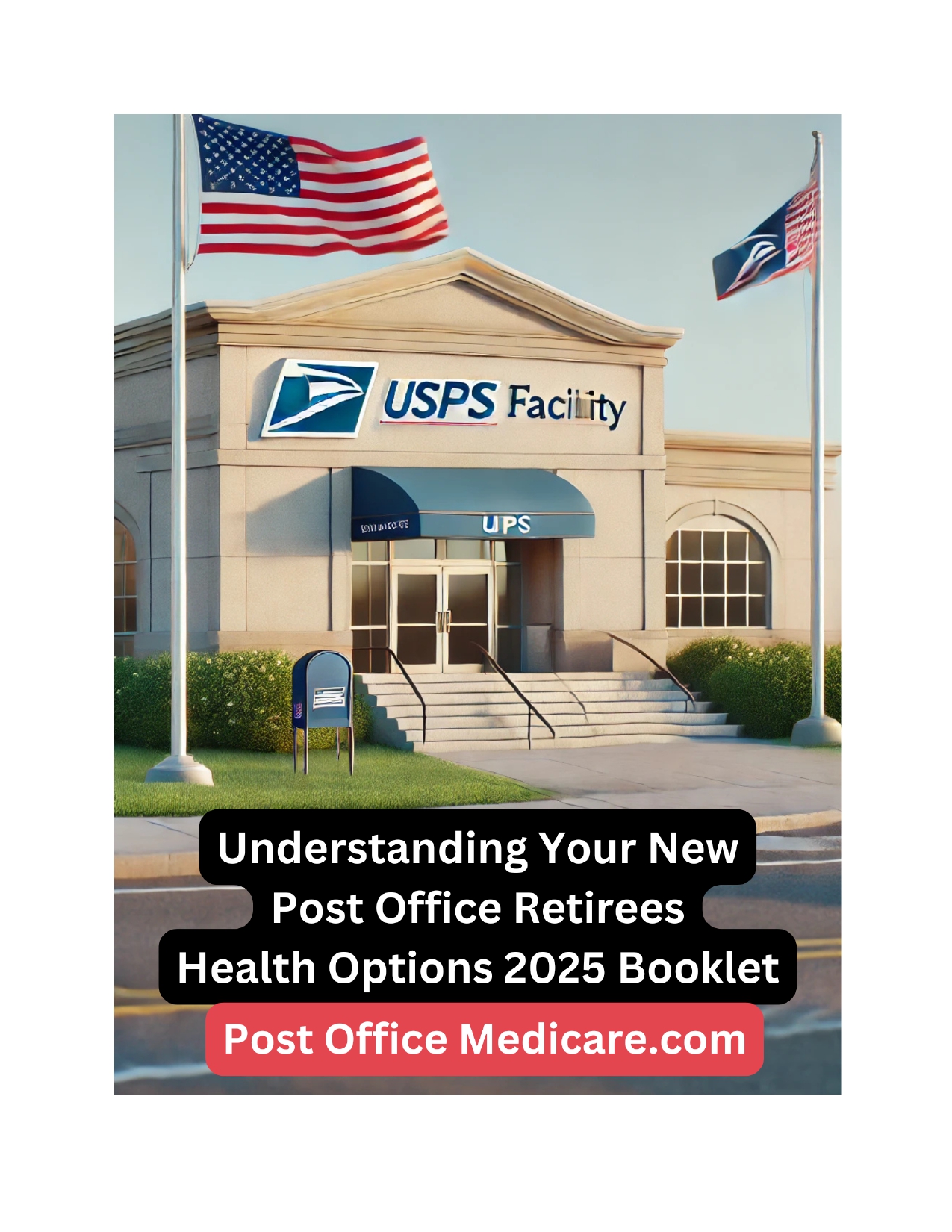A Complete Guide to Medicare for Postal Service Employees and Retirees (2025 Edition)
Introduction
The way United States Postal Service (USPS) employees and retirees use Medicare is undergoing its biggest change in decades. On January 1 – 2025, the new Postal Service Health Benefits (PSHB) Program replaces traditional FEHB coverage for nearly 1.9 million workers, retirees, and family members. The Postal Service Reform Act of 2022 links PSHB coverage to Medicare Part B participation for most future retirees, making it crucial to understand the rules well before your 65th birthday or retirement date. This guide unpacks the law, the deadlines, the costs, and proven strategies to keep your health-care budget in check. U.S. Office of Personnel Management
Why Medicare Matters to Postal Employees & Retirees
Federal Employees Health Benefits (FEHB) plans remain some of the richest employer coverage in the country, but they were never designed to cover 100 percent of medical expenses in retirement. Medicare—especially Part B—fills crucial gaps:
- Lower out-of-pocket costs: PSHB deductibles and coinsurance are often waived once Medicare becomes the primary payer.
- Nation-wide acceptance: Medicare travels with you even if you relocate after hanging up the uniform.
- Prescription-drug savings: PSHB plans must integrate a Part D Employer Group Waiver Plan in 2025, giving you access to the Inflation Reduction Act’s $2,000 annual drug-spend cap. Carrier Connect
Failing to coordinate FEHB or PSHB with Medicare can leave retirees paying thousands of dollars more per year than necessary.
Key Dates & Policy Shifts in 2025
| Milestone | What It Means for You |
|---|---|
| Apr 1 – Sep 30 2024 | Special Enrollment Period (SEP) for current postal annuitants entitled to Part A but not Part B (late-enrollment penalties covered by USPS). |
| Jan 1 2025 | FEHB moves to PSHB. Most Medicare-eligible annuitants and family members must have Part B (unless exempt). |
| Open Season Nov 2025 | First chance to switch among PSHB plans after you’ve seen how the new system works in real life. |
Who Has to Enroll in Medicare Part B?
- Future retirees – Employees younger than 64 on Jan 1 2025 must enroll in Part B once they become eligible (age 65 or retirement, whichever is later).
- Current retirees under 64 – Same rule as above: enroll or lose PSHB.
- Grandfathered retirees & employees – If you are 64 or older on Jan 1 2025 and not already in Part B, enrollment is optional; you keep PSHB either way.
- Covered family members – Must follow the same rule as the primary enrollee unless they qualify for a separate exception (for example, continuing FECA benefits).
Bottom line: If you retire on or after Jan 1 2025 and were under 64 on that date, Part B is mandatory for PSHB.
Medicare Basics in the Postal Context
Part A (Hospital)
- Premium-free with 10 years (40 quarters) of Social-Security-covered work.
- Secondary payer while you’re an active USPS employee; primary in retirement.
Part B (Outpatient)
- Standard premium $174.70 in 2024; projected ± $185 in 2025.
- Income-related adjustment (IRMAA) applies for higher earners.
- Many PSHB plans rebate part or all of your Part B premium.
Part C (Medicare Advantage)
- Expect several zero-premium Medicare Advantage options inside PSHB, often bundling dental, vision, and gym memberships.
Part D (Prescription Drugs)
- All PSHB plans must integrate Part D through an Employer Group Waiver Plan (EGWP); no stand-alone Part D needed.
How PSHB & Medicare Coordinate
| Situation | Primary Payer | Secondary Payer |
|---|---|---|
| Active employee (any age) | FEHB/PSHB | Medicare (if already entitled) |
| Retired with Part B | Medicare | PSHB |
| Retired without Part B (grandfathered) | PSHB | — |
| Disability retiree (< 65) | Medicare (after 24 months) | PSHB |
Because Medicare becomes primary once you retire with Part B, PSHB can waive most deductibles and reduce coinsurance to $0 for physician visits and labs. Some plans even reimburse the entire Part B premium, effectively giving you “free” Medicare coverage.
Step-by-Step Enrollment Checklist
- Mark your calendar six months before your 65th birthday or planned retirement date.
- Create a My Social Security account and apply online for Medicare only (if you’re deferring Social-Security checks).
- High-income? Review your last two tax returns and plan to reduce MAGI now to avoid IRMAA surcharges later.
- Compare PSHB plans during Open Season. Focus on Part B rebates, network reach, and Rx formularies.
- Document everything. Save SSA letters, PSHB confirmations, and OPM retirement claims in one folder.
Common Budget Questions
- How much will Part B cost me in 2025? CMS projects a $185 standard premium; IRMAA tiers climb to about $628.90 for the highest earners.
- Will my FEHB premium drop when I move to PSHB? Not automatically, but PSHB plans share one employer-contribution formula, and many lower their rates for Medicare-primary enrollees.
- Is the Special Enrollment Period still open? No. The PSRA SEP ended Sep 30 2024. If you missed it and are now required to enroll, file CMS-40B and request “equitable relief — USPS” to appeal late penalties.
Frequently Asked Questions (FAQ)
- Do I have to take Part B if I’m working past 65? No. While you’re actively employed, FEHB/PSHB remains primary; enroll in Part B during the eight-month window after retirement to avoid penalties.
- What if I’m a non-career employee? Non-career postal workers keep FEHB and are not in PSHB; the mandatory Part B rule doesn’t apply (yet).
- Does PSHB affect my dental and vision plans? No. FEDVIP elections remain separate and unchanged.
- Can I drop Part B later? If you’re in the mandatory category, dropping Part B later would terminate PSHB coverage permanently.
- Will PSHB cover me abroad? Many Medicare-Advantage-based PSHB options include overseas emergency benefits; Original Medicare does not.
- What happens to my spouse under FEHB who’s not yet 65? They stay in PSHB, and when they turn 65 they must enroll in Part B unless exempt.
- Is Tricare-for-Life coordination affected? Tricare-eligible postal retirees will move to PSHB, but their Tricare-for-Life (with Part B) relationship stays the same.
- Where can I get personal help? Start with OPM Retirement Services, your APWU/NALC retirees’ chapter, or free SHIP counselors in your state.
Pro Tips to Maximize Your Benefits
- Leverage Part B reimbursement credits. Some PSHB plans will deposit $600–$800 per person, per year, into an HRA card.
- Estimate IRMAA early. Harvest tax-losses or increase pre-tax TSP contributions two years before retirement to drop an IRMAA bracket.
- Use tele-health wisely. Many PSHB/Medicare plans waive copays for virtual visits.
- Bundle preventive care. Medicare covers annual wellness visits; PSHB may sweeten the deal with gift-card programs.
- Keep your address current with both OPM and SSA to avoid missing critical notices.
Additional Resources & Next Steps
- OPM PSHB Portal: Compare 2025 plan brochures and premiums side-by-side during the Open Season.
- Medicare.gov Plan Finder: Double-check drug coverage and preferred pharmacies.
- NALC/APWU Retirement Seminars: Many locals host free Zoom workshops on Medicare integration.
- SHIP Counselors: Every state funds Senior Health Insurance Programs (SHIP) that offer unbiased, one-on-one Medicare counseling at no cost.
- TSP & Retirement Income Planning: Coordinate your Thrift Savings Plan withdrawals with IRMAA brackets; using Roth conversions in low-income years can trim long-term taxes and premiums.
By proactively mapping out your healthcare strategy—Medicare, PSHB, supplemental dental/vision, and long-term-care insurance—you’ll protect both your physical health and financial resilience in retirement. Start the conversation with your spouse and advisors today, and make 2025 the year you optimize, not just comply.
Read More Blog








